CITIZENS SCIENTISTS DISCOVER A NEW PLANETARY SYSTEM// WOULD YOU LIKE TO HELP IN THIS PROJECT? READ THE ARTICLE AND SEE HOW.
Hello steemians, today I bring you this article about some citizen scientists have discovered a planetary systems that contains 5 planets. It is the first time that citizen science makes a great discovery. Scientific research is called "citizen science" with the help of volunteer people without technical preparation. The project is called Exoplanet Explorers and is part of the Zooniverse platform on the internet.
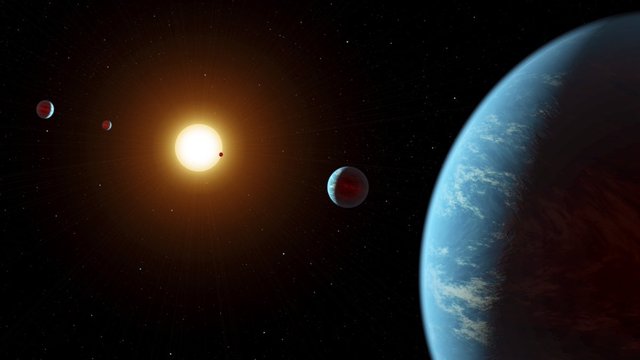
The image with which I start this article is about an artistic concept of the K2-138 system, it contains, at least, 5 planets that orbit quite close to their stars. The planets are "subneptun", which means that it is between the size of Earth and Neptune.
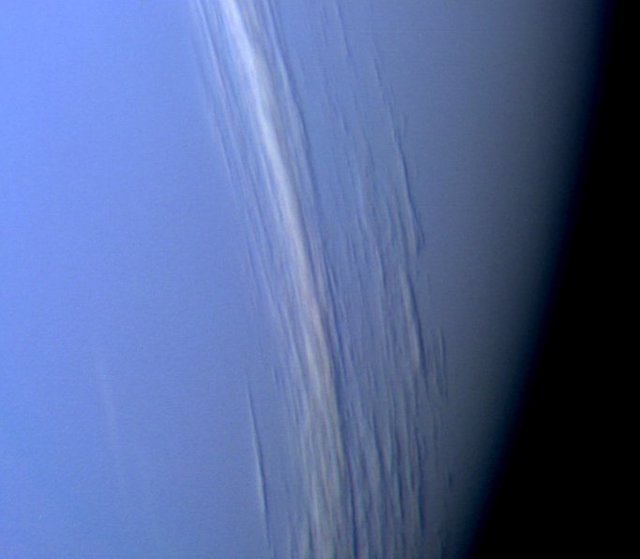
- Composition of the solar system.
The star K2-138 is a little smaller and colder than the sun. Of the planets, b could be rocky, while c, d, e and f are more likely to have large amounts of ice and gas. The 5 planets have orbit less than 13 days, that is, it is closer than mercury from the sun.
In the next image, the planets are represented 50 times larger than the size they would have compared to the star. In addition to their proximity, they have very high temperatures, ranging from 425ºC to 982ºC.
- The famous Kepler telescope.
Let's go to one of the most interesting things about this discovery. The K2-136 system has been discovered from the data of the mission K2, which has observed 280,000 stars in a time of 3 years. It is the second mission of the popular kepler telescope.
The K2 mission arose through several technical errors that did not allow the telescope to continue functioning in the way it was originally designed. With K2 he worked in a different way.
Normally any computer can review the initial data of the mission K2 and select those stars that have planets around them. However, they are not programs, yet, that have the ability to confirm the presence of other planets with just such data.
This involves the analysis of thousands of stars by hand by the scientists of the K2 project. These are a lot of data to analyze, but they hired many more people so that the work could be made easier and shorter.
- Project K2.
The K2 mission team launched a project in which people like you or me could participate in this project. The people analyzed the data that had already been screened with the programs, and thus, identify those systems that could contain planets.
This is Exoplanet Explorers which you can find here: Link.
Anyone can participate without even having an account, the following image is an example of the images that come out to analyze.
This is another image that comes out to analyze and fits well. I mean ... It could be an exoplanet! but it is not enough for a person to say so, for the minimum there must be 9 people who express the same for it to be revised.
- What is the importance of citizen science?
On the second night, after the presentation of Exoplanet Explorers, the scientists already had many candidates to analyze to determine if they were exoplanets around other stars.
To be exact, 44 planets with the size of Jupiter, 72 planets the size of Neptune, 44 planets the size of Earth and 53 Sub-planets. On the third night they announced the discovery of K2-128 which had only detected 4 planets.
Thanks to citizen science, this system was discovered, now and a fifth planet was detected. In addition, there is a possibility of a sixth planet. The orbit of each one is related. Approximately it is a ratio of 3: 2, that is, for every 3 orbit of a planet, the next gives 2 and so on. It is very similar to what happens in the TRAPPIST-1 system, which I will talk about in another article.
The importance of this news is not the finding itself, that is, it is excellent to have discovered a system that is constituted by 5 planets, but in a way this has a routine point, because it is not a discovery that brings us closer to discovering life in other places in space. The real news is that this has been possible thanks to common people like you and me, because in the end we can all contribute our grain of sand in the world of science.
Nowadays, new technologies are allowing you to contribute something important to science from your home, analyzing a large amount of data so extremely large that in a reasonable amount of time it can not be studied by so few people.
This means that anyone can contribute to science in one way or another, without the need to be an astrobiologist, astrophysicist or biologist to help certain investigations.
So the next time you think I can help science, you know! You can help like any other person without the need of having years of studies, you only need a computer or a telephone. Amazing, right?
Thank you for your attention steemians, We will see you in the next article. I hope you have a good day, do not forget to comment, vote and share the content. See you soon.
https://www.zooniverse.org/projects/ianc2/exoplanet-explorers/
https://exoplanetasliada.wordpress.com/2018/01/15/descubren-sistema-de-5-planetas/
http://www.caltech.edu/news/citizen-scientists-discover-five-planet-system-80989
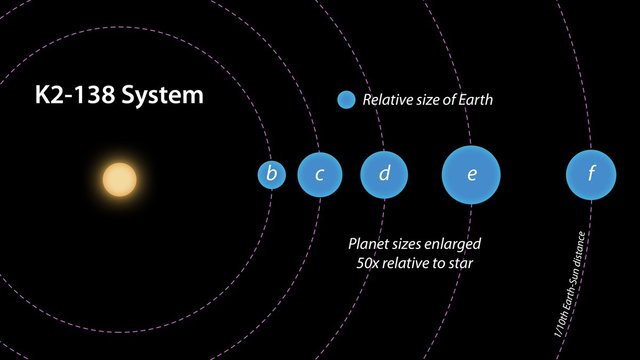
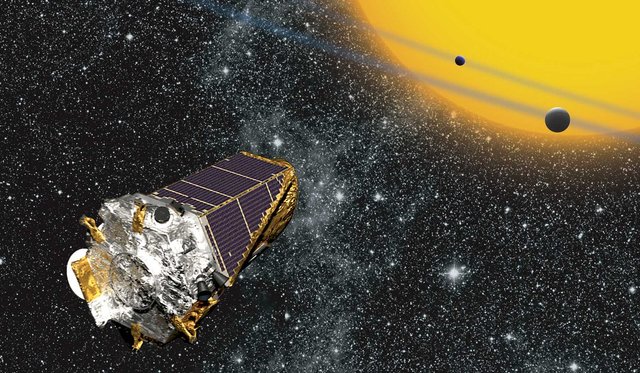
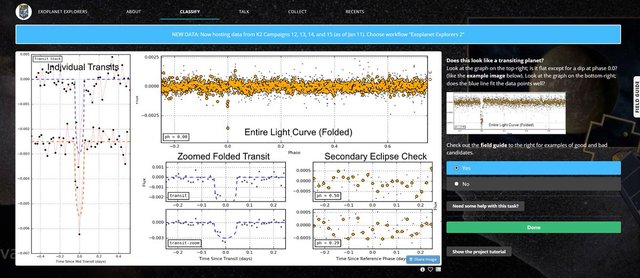

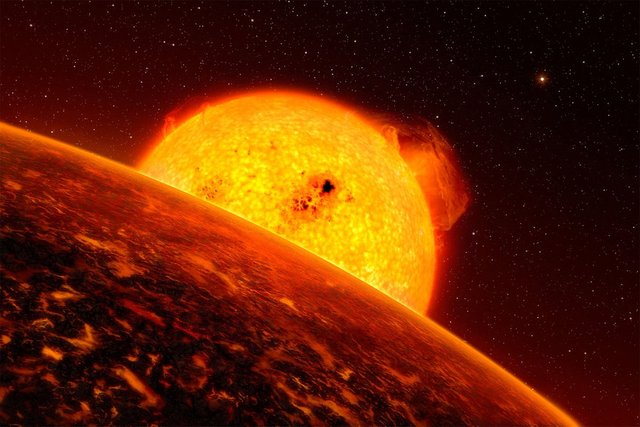
Disclaimer: I am just a bot trying to be helpful.
Thank you I forgot that reference.